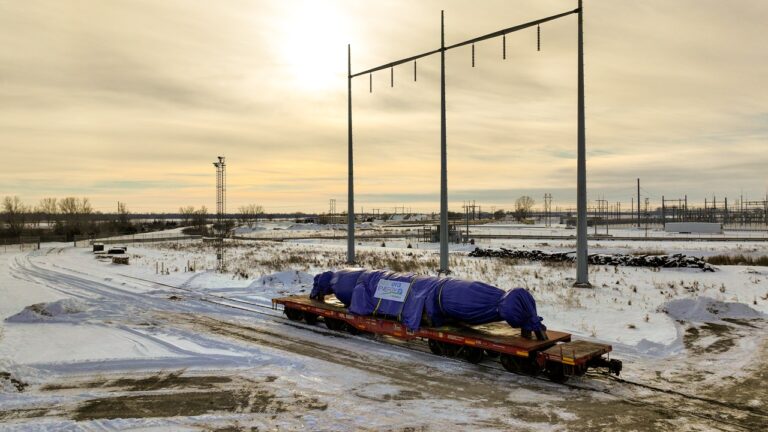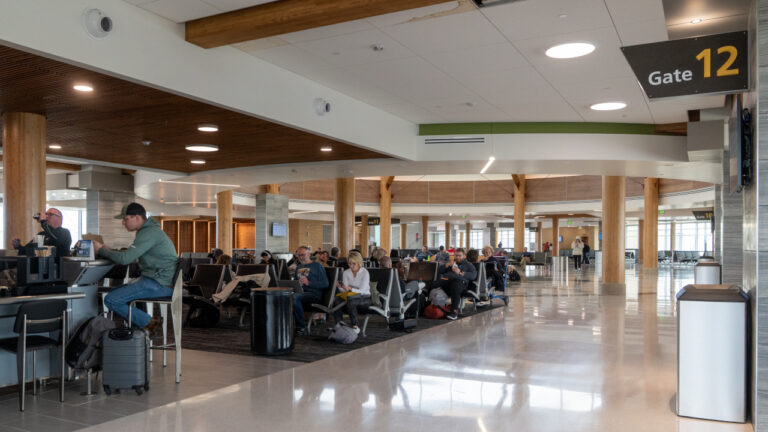Iowa’s seasonally adjusted unemployment rate rose to 3.7% in June, up slightly from 3.6% in May, according to the Iowa Workforce Development (IWD). The U.S. unemployment rate fell to 4.1%.
The labor force participation rate edged up to 67.4% in June, a slight increase from 67.3% in May, as 3,900 Iowans joined the labor force for the second consecutive month.
“More Iowans joined the workforce in June, increasing the state’s labor force by 3,900, with significant participation increases among women 45 and older,” said Beth Townsend, executive director of IWD. “Healthcare and construction accounted for more than 3,700 of the new jobs following a trend for both industries in 2025. With over 51,000 jobs posted on IowaWORKS.gov, anyone looking for a new or better job remains in a good position to find one.”
The number of working Iowans rose to 1,671,800 in June, up 2,700 from May and 8,800 higher than the same time last year.
Meanwhile, the number of unemployed Iowans climbed to 63,700 in June, an increase from 62,400 the month before.
Seasonally adjusted nonfarm employment
Iowa businesses cut 2,700 jobs in June, bringing total nonfarm employment down to 1,590,700. The decline was driven entirely by private service industries, while goods-producing sectors and government employment held steady compared to May.
The June losses follow a drop of 5,100 jobs in May, with the steepest declines seen in leisure and hospitality, administrative support and waste management, and manufacturing. Gains in health care and construction helped offset some of the losses.
Compared to a year ago, total nonfarm employment is down 6,800 jobs, with private industry accounting for the bulk of the decline.
Leisure and hospitality led all sectors in job losses in June, shedding 5,200 positions. Within the sector, arts, entertainment and recreation lost 2,800 jobs, while accommodations and food services cut 2,400. The sector has now reduced jobs in three of the past four months, possibly signaling a pullback in consumer discretionary spending, a release from IWD stated.
Administrative support and waste management also saw continued declines, losing 900 jobs in June after a 1,500-job drop in May. Since February, the sector has shed 2,800 positions.
Manufacturing employment fell by 800 jobs, with losses evenly split between durable and non-durable goods production.
In contrast, health care and social assistance added 2,800 jobs in June, the largest gain of any sector. Growth was strongest in ambulatory health care services, particularly among offices of physicians, dentists and other health practitioners.
Construction continued its upward trend, adding 1,000 jobs over the month. The sector has gained 6,100 jobs since January.
Other modest gains came from retail trade – up by 500 – and transportation, warehousing and utilities, which increased by 400.
Over the past year, health care and social assistance has added more jobs than any other sector, gaining 7,500 positions. The strongest growth occurred in nursing and residential care facilities, as well as social assistance services.
Construction employment has also expanded, adding 3,700 jobs over the year, bolstered by steady gains since January, gaining 6,100 jobs during that span.
On the other hand, manufacturing has recorded the steepest annual losses, down 9,100 jobs. The most affected subsectors include machinery manufacturing, fabricated metal products and food production.
Leisure and hospitality employment has fallen by 6,700 jobs compared to a year ago, with more than half of those losses – 3,500 jobs – coming from the arts, entertainment, and recreation industries.








